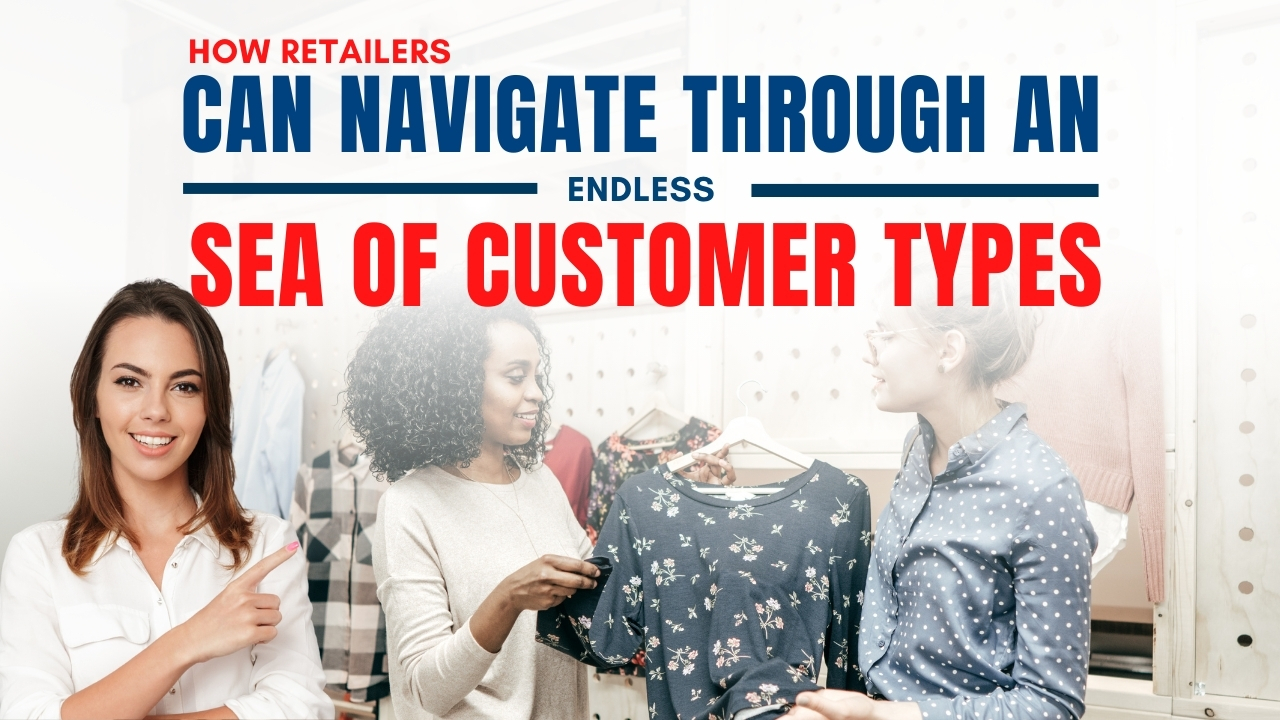Blog
How Retailers can Save Time and Sell More with Vendor Integrations
July 10, 2018 / 4 minute read / By Michele Salerno
Blog
When dealing with vendors, retailers are presented with a unique variety of challenges. Take, for example, the difficulties in maintaining a current and accurate inventory of products. Since inventory levels are constantly changing, staying up-to-date with inventory is a never-ending struggle which can take up a huge amount of a retailer’s time. A system lacking integration between the retail Point of Sale, eCommerce, and ERP means that staff will not have the most accurate and up-to-date information on inventory levels.
It’s well known that having a large number of products on a website can attract more consumers, who appreciate the variety and selection of products. However, listing additional products means the merchant must carry a large inventory, increasing the time spent on updating stock levels while also tying up cash flow and facing higher storage costs. Similarly, a larger inventory makes it difficult to keep an accurate count to display stock levels on the retailer’s website, which can lead to tricky situations like selling out-of-stock items.
Many retail management systems cannot support a single SKU from multiple vendors and instead utilize duplicate data. Reordering inventory when you need it is already difficult; working with more than one vendor only compounds the difficulties of the complicated reordering process. Add in the process of managing the invoices, delivery times, prices, and more of drop shipping items from vendors, and the retailer now faces a tedious, unnecessarily complex and overly time-consuming process simply to move a product from Point A to Point B.
Though the challenges facing retailers are varied and complicated, there are tools designed specifically with retailers in mind to help streamline the vendor-retailer relationship and create an easier system which will benefit both parties. The Cumulus Retail software platform lets retailers build a database of catalog imports with ease, place automated purchase orders with vendors on a regular schedule, and sell merchandise through the retail website while the vendor stocks and ships orders, eliminating any need for a massive inventory. In doing so, these Cumulus makes it easier for small and medium merchants to compete against the big-box retailers and larger eCommerce sellers in their market.
The first step with Cumulus Point of Sale is integrating the retail database with the catalog imports from vendors (i.e. distributors, manufacturers, etc): retailers can quickly and easily browse vendors’ catalogs, select only the best products for their brick-and-mortar stores as well as their eCommerce outlets, and then import SKUs, product descriptions, price information, images, and much more. Not only do the catalog imports reduce the room for error, they also update when your vendors make a change to the product’s data. Cumulus also allows retailers to place automated purchase orders that are sent just as they are needed (‘Just in Time’), so the retailer never has to carry excess inventory they don’t need. The automated purchase orders are based on levels set specifically by each retailer and can be adjusted whenever necessary. Gone are the days of manually entering data on stock levels and inventory– with the Cumulus integrated point of sale software, retailers can save time previously spent on data entry while simultaneously reducing the number of errors.
When an order is placed through the retailer’s eCommerce site, the Cumulus retail software automatically generates and sends a purchase order to the vendor, who fulfills the order direct from warehouse to customer. The retailer can track the order status along the way, and since the vendor holds all inventory, the retailer will never again worry about selling an out-of-stock item. As more items are sold, the retailer can view data broken down for each vendor on their delivery speeds, prices per product, and overall pricing, allowing retailers to make informed decisions on which vendors to keep and which aren’t up to par.
The modern-day retailer faces a complex and ever-changing market. With the right retail software, merchants can lift some of the burden from their shoulders and see a more streamlined, automated, and advanced vendor management process.
 Retailers might strive to appeal to a wide range of customer types, but how can they make their business… |